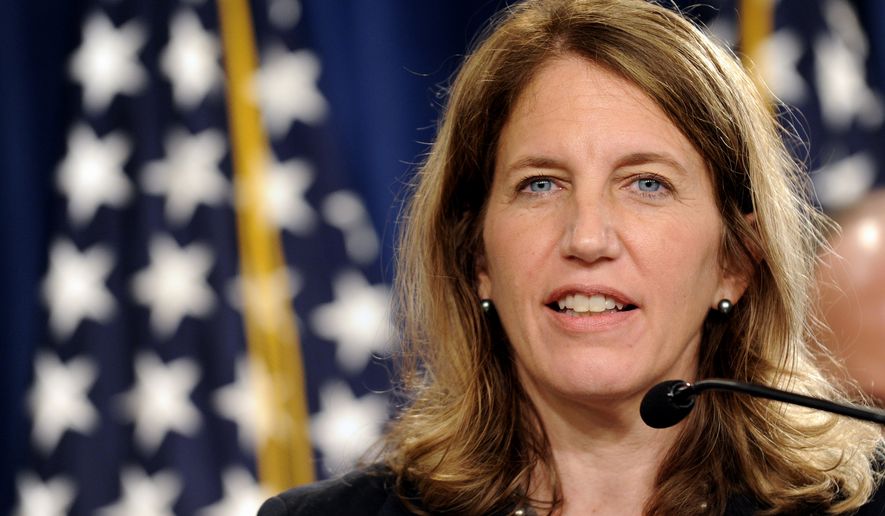The Obama administration on Monday set a timeline for historic changes in how it compensates doctors, hospitals and other providers under Medicare, shifting from line-item payments for every service rendered to a system that rewards quality.
The Health and Human Services Department will tie 30 percent of traditional, fee-for-service payments to models that base payments on how well doctors and providers care for patients. It hopes to increase that portion up 50 percent by 2018.
“Today’s announcement is about improving the quality of care we receive when we are sick, while at the same time spending our health care dollars more wisely,” HHS Secretary Sylvia Mathews Burwell said. “We believe these goals can drive transformative change, help us manage and track progress, and create accountability for measurable improvement.”
The move is an ambitious one for Medicare, which serves roughly 50 million elderly and disabled Americans but tends to pay providers based on the number of tests and services provided, with little regard to health outcomes.
The Centers for Medicare and Medicaid Services (CMS) said Medicare’s fee-for-service payments totaled $362 billion in 2014. The agency made virtually no payments under alternative models in 2011, although today they account for 20 percent of payments.
The shift comes as Republican majorities in Congress say they’re serious about repealing Medicare’s outdated payment formula, which lawmakers override each year even when the formal calls for a pay cut.
Both parties want to scrap the formula, known as the Sustainable Growth Rate, although they need to find more than $100 billion to pay doctors the current rate while the system shifts to more predictable model.
Douglas Holtz-Eakin, president of the conservative American Action Forum and former director of the Congressional Budget Office, said Monday the administration must be sure its solutions will work “before imposing a massive regulatory overhaul for its own sake.”
“The first step towards recovery is admitting there is a problem. Fee-for service Medicare doesn’t encourage quality care, and is a great way to waste money, so CMS is right to want to move to alternatives,” Mr. Holtz-Eakin said. “The second step, however, is choosing the right therapy. In its desire to trump Congress with executive action CMS has set ambitious goals with no evidence that these particular alternatives will be effective at reducing costs or improving care.”
Mrs. Burwell launched the Health Care Payment Learning and Action Network, which will encourage private insurers, employers and state Medicaid programs to use alternative payment models, such as Accountable Care Organizations.
ACOs are groups of doctors, hospitals and other providers that coordinate care for patients to reduce unnecessary spending and share in the savings.
Medicare frequently sets the tone for practices in other insurance sectors, so the move could reverberate beyond the government program and, if successful, produce savings for consumers.
Health insurers’ top lobby applauded HHS’s move on Monday.
“Health plans have been on the forefront of implementing payment reforms in Medicare Advantage, Medicaid Managed Care, and in the commercial marketplace,” said Karen Ignagni, president and CEO of America’s Health Insurance Plans. “We are excited to bring these experiences and innovations to this new collaboration.”
• Tom Howell Jr. can be reached at thowell@washingtontimes.com.




Please read our comment policy before commenting.